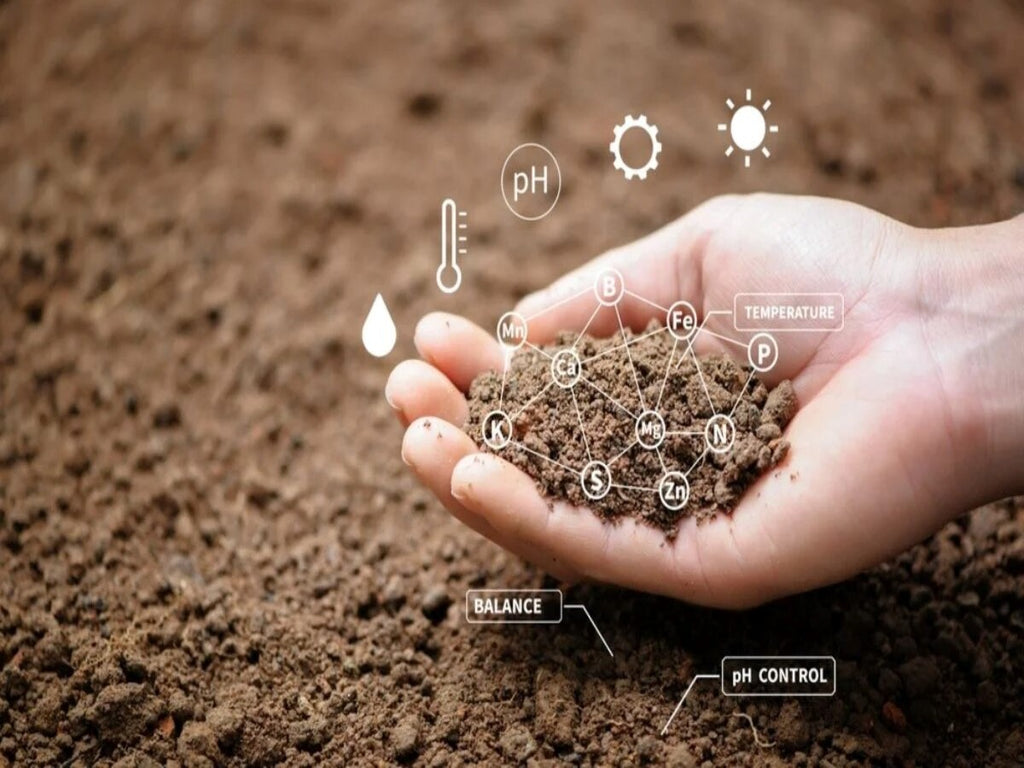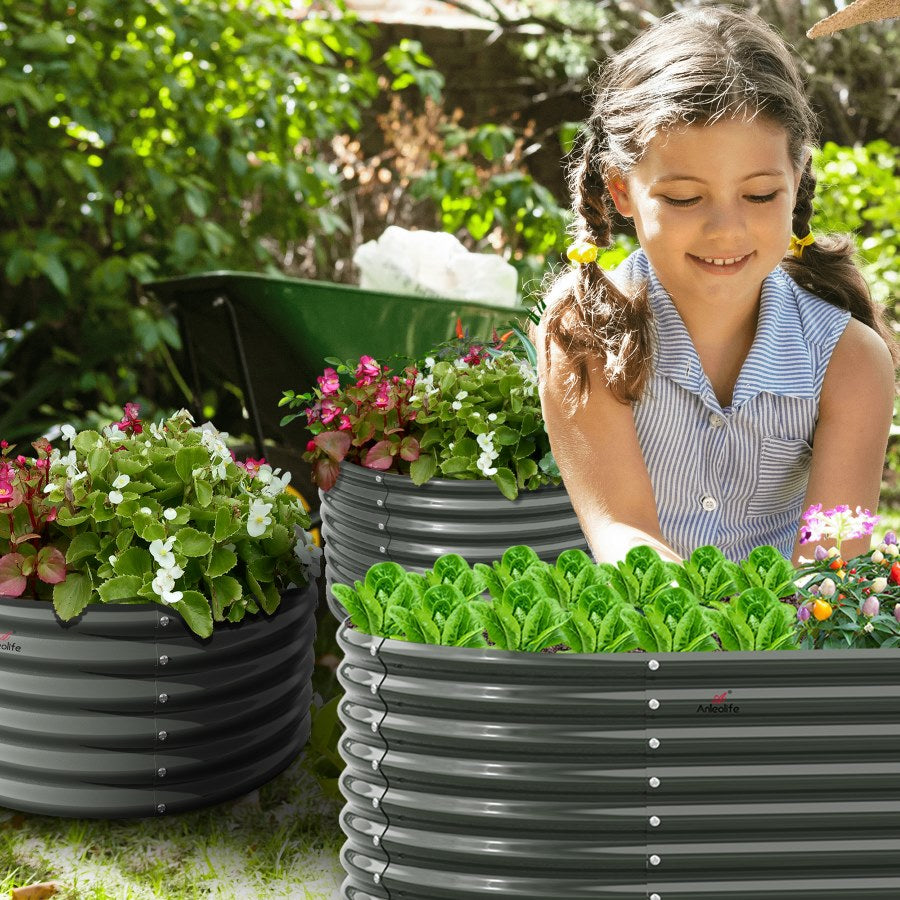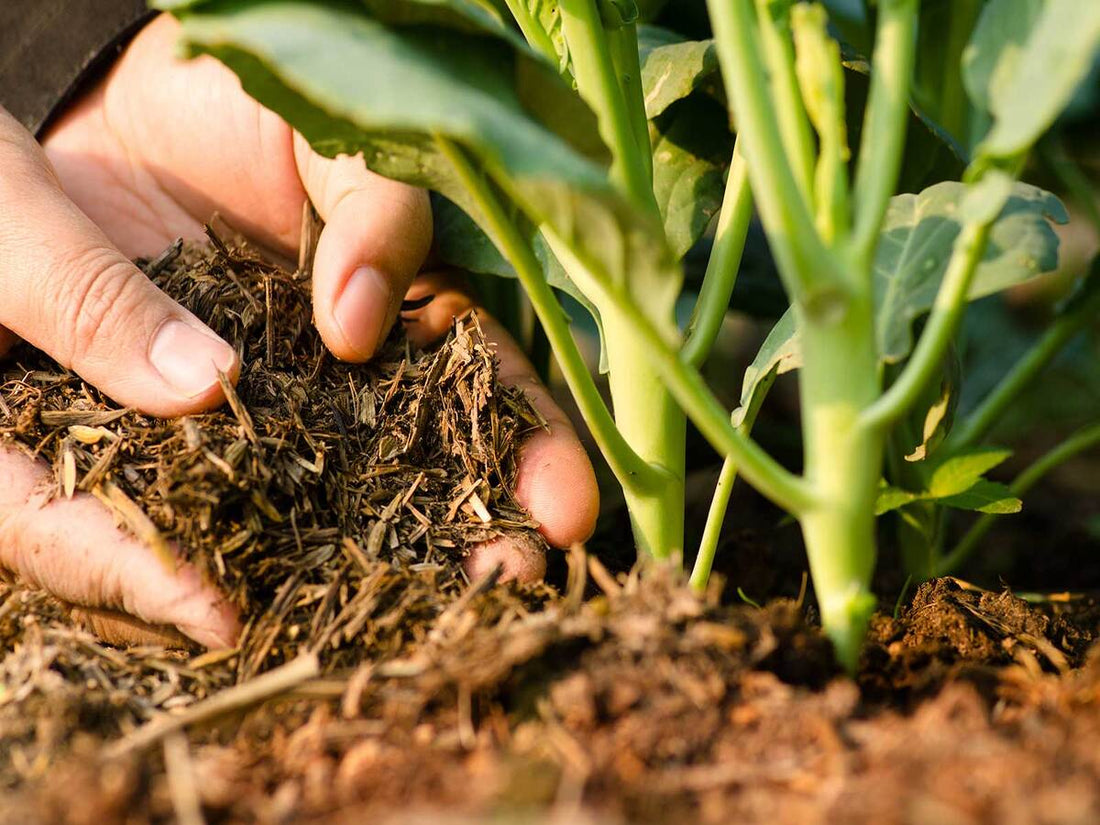Typically, soil in raised beds can remain productive for between 2 to 7 years, depending on various factors like maintenance and usage. While the exact duration can vary, understanding what influences soil longevity and how to care for it can significantly extend its life. This article explores the factors affecting soil lifespan, maintenance strategies, indications for renewal, and steps for refreshing your raised bed soil.

Factors that Affect Raised Bed Soil Lifespan
- Soil:The foundation of any garden, especially raised beds, is its soil. Optimal soil is rich in organic matter, which includes components like compost, decomposed leaves, and aged manure. This richness not only feeds plants but also supports a diverse microbial life essential for soil health. High-quality soil maintains structure and nutrients over time, reducing the frequency of necessary replacements.
- Plants:Not all plants are equal in their demands on soil resources. Some, known as heavy feeders, such as tomatoes and corn, extract more nutrients, particularly nitrogen, phosphorus, and potassium. On the other hand, light feeders like lettuce or herbs are less demanding. Regularly growing high-demand crops in the same soil can exhaust it more rapidly than rotating with less demanding plants.
- Watering:Water is life, but its misuse can be detrimental. Over-watering can wash away crucial nutrients, stripping the soil of its life-sustaining properties – a process known as leaching. Conversely, too little water stresses the entire soil ecosystem, harming plant roots and beneficial microorganisms alike. Adequate, consistent watering keeps the soil's life cycle in balance.
- Weather: Weather's impact on soil is often underestimated. Heavy rainfall can lead to erosion, stripping topsoil of its nutrients and organic matter. Conversely, excessive heat and sun can dry out the soil, leading to hardening and loss of plant-friendly structure. Both extremes can drastically reduce soil effectiveness over time.
- Pest and Disease:Healthy soil promotes robust plant growth, but when pests and diseases are left unchecked, they can wreak havoc on this environment. Soil that harbors harmful insects or disease pathogens not only affects current plant health but can also become inhospitable for future plantings, reducing the overall lifespan of the raised bed soil.
In short, gardeners can significantly prolong the productive life of their raised bed gardens via maintaining high-quality soil, rotating crops wisely, managing water use, preparing for weather extremes, and controlling pests and diseases,
Effective Ways to Maintain the Raised Bed Soil
- Add Organic Matter:Consistently integrating organic materials such as compost or aged manure into your raised beds can significantly boost nutrient levels. This practice not only feeds your plants but also enhances the soil structure, promoting better root growth and microbial activity. Aim to add fresh organic matter at least once a season or before planting new crops to keep the soil rich and productive.
- Practice Crop Rotation:Repeating the same crop in the same spot can lead to nutrient depletion and a build-up of pests and diseases associated with that plant. Rotating crops helps in breaking these cycles. By changing what you plant in each section of your raised bed each year, you can manage nutrient demands and pest pressures naturally. This practice keeps the soil healthier and more balanced, leading to longer soil life and better yields.
- Consider Mulch:Applying a layer of mulch on top of your soil can work wonders. It helps in retaining soil moisture, keeping roots cool, and preventing weed growth. Organic mulches, such as straw, bark, or leaf mold, break down over time, adding to the organic matter content of the soil. This simple step can significantly reduce evaporation and temperature fluctuations, protecting the soil structure and moisture levels.
- Monitor and Adjust Watering:Watering practices greatly impact soil health. Over-watering can cause nutrient leaching and root rot, while under-watering stresses plants and soil life. Use a moisture meter or simply check the soil moisture with your finger to ensure it's moist at a depth of a few inches but not saturated. Adjust your watering schedule based on weather conditions and plant needs to maintain optimal soil moisture.
- Test the Soil: Understanding the current state of your soil through periodic testing is crucial for effective maintenance. Testing for pH levels, nutrient content, and other vital soil parameters can guide your amendment and fertilization practices. If the soil is too acidic or alkaline, or if it lacks certain nutrients, you'll know exactly how to adjust. Regular testing, at least once every two years, helps in making informed decisions to keep your raised bed soil in peak condition.

Signs That You Need to Renew the Raised Bed Soil
- Poor Plant Health:The most direct signal comes from the plants themselves. If you notice stunted growth, leaves turning yellow or brown, or a significant drop in fruit or flower production, the soil may be depleted of essential nutrients. Plants struggling to grow or appearing visibly stressed despite proper care usually indicate that the soil can no longer support healthy growth.
- Soil Compaction:Healthy soil should be loose and crumbly, allowing for easy water penetration and root growth. If you find that water tends to pool on the surface or that you're having a hard time pushing your finger or a garden tool into the soil, it's likely become compacted. Compacted soil restricts root growth and reduces aeration, making it difficult for plants to thrive.
- Weed Overgrowth:A sudden increase in weeds can be a sign of an imbalance in the soil. While a few weeds are normal, an explosion of weed growth suggests that your soil conditions may be more favorable to weeds than to the plants you're trying to grow. This could be due to poor soil quality, imbalanced nutrients, or other underlying issues that need addressing.
- Pest and Disease Incidence:An increase in disease or pest problems can also indicate soil health issues. Healthy soil supports a balanced ecosystem that helps suppress harmful pests and diseases. If pests and diseases become more prevalent and difficult to control, it might mean that the soil's natural defenses are weakened, necessitating a renewal to restore soil health and plant resistance.
If you're experiencing one or more of these issues, it's a strong indication that your raised bed soil needs rejuvenation. Addressing these signs promptly can help you restore your garden's vitality and prevent longer-term damage to your plants and soil ecosystem.
What to do When Renewing the Raised Bed Soil
- Remove Old Soil:Start by removing the old, exhausted soil from your raised bed. This might seem like a drastic step, but it's essential for removing any diseased material, pests, and depleted earth. Typically, removing the top 6 to 12 inches is sufficient, but if there have been significant issues, a more thorough removal may be necessary.
- Refresh the Bed:Once the old soil is removed, introduce a fresh mixture designed for raised bed gardening. This should include new topsoil blended with rich compost and other organic materials like leaf mold or well-aged manure. This new mixture will provide a fertile, nutrient-rich environment for your plants to thrive in.
- Adjust Composition: The perfect soil composition depends on what you plan to grow. If your previous experience indicated poor drainage, add sand or perlite to improve water flow. Conversely, if the soil dried out too quickly, mixing in some clay or coir can help retain moisture. Tailor the soil's texture to meet the specific needs of your plants and local climate conditions.
- Replenish Nutrients:Soil health isn't just about the physical structure; it's also about the balance of nutrients. Use the results of a soil test to guide your amendments – this might include adding bone meal for phosphorus, greensand for potassium, or blood meal for nitrogen. Creating the right nutrient balance is crucial for supporting robust plant growth.
- Replant Carefully:When reintroducing plants to the newly refreshed soil, take the opportunity to plan your garden thoughtfully. Rotate crops to different areas of the bed to prevent recurring pest and disease issues. Also, consider companion planting, which can enhance plant growth and deter pests naturally. Careful planning can lead to a more productive and sustainable garden ecosystem.
By following these steps, you'll give your raised bed a new lease on life, providing a fertile, welcoming environment for new plantings.

Final Words
The longevity of raised bed soil hinges on the initial soil quality, ongoing care, and regular monitoring. By understanding the factors that contribute to soil depletion and employing strategies to maintain soil health, gardeners can enjoy fruitful harvests for many seasons.
Read More
- Anleolife Garden View: How to Build a Raised Garden Bed & Garden Boxes
- Tips from Anleolife Garden Bed: 11 Best Gardening Tools Ignored by Mos
- Anleolife Garden View: How To Decide A Best Location For Your Raised G
- A Concise Filling Approach as Reference – Anleolife Garden
- Raised Bed Gardening Tips | 10 Strategies for Season Transition – Anleolife Garden

